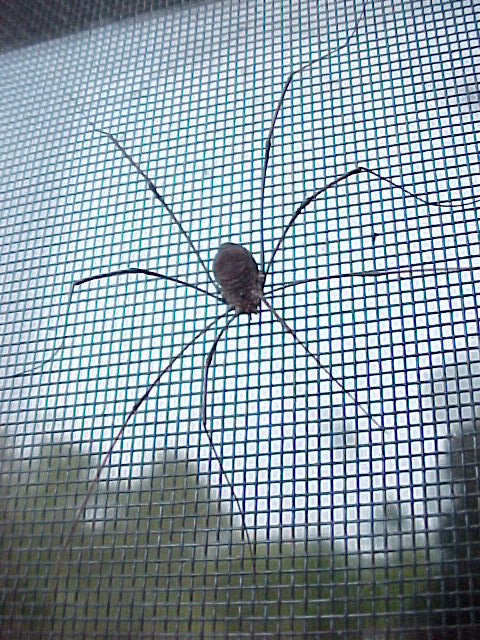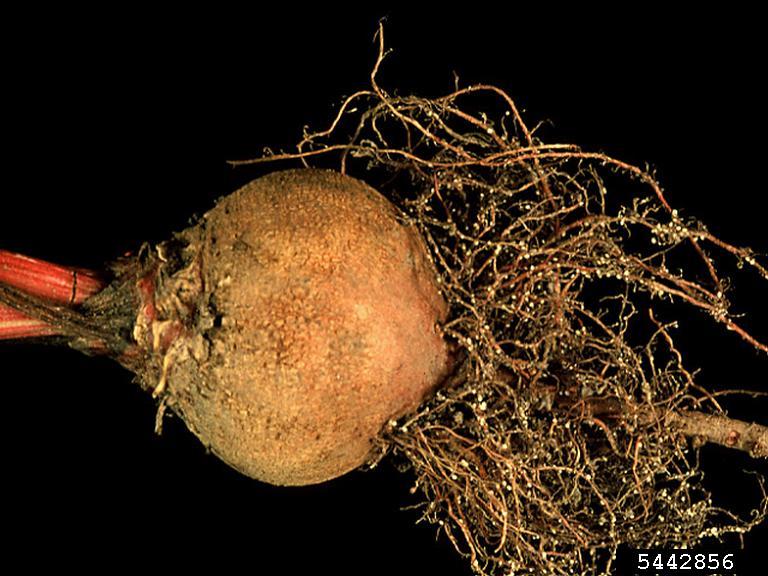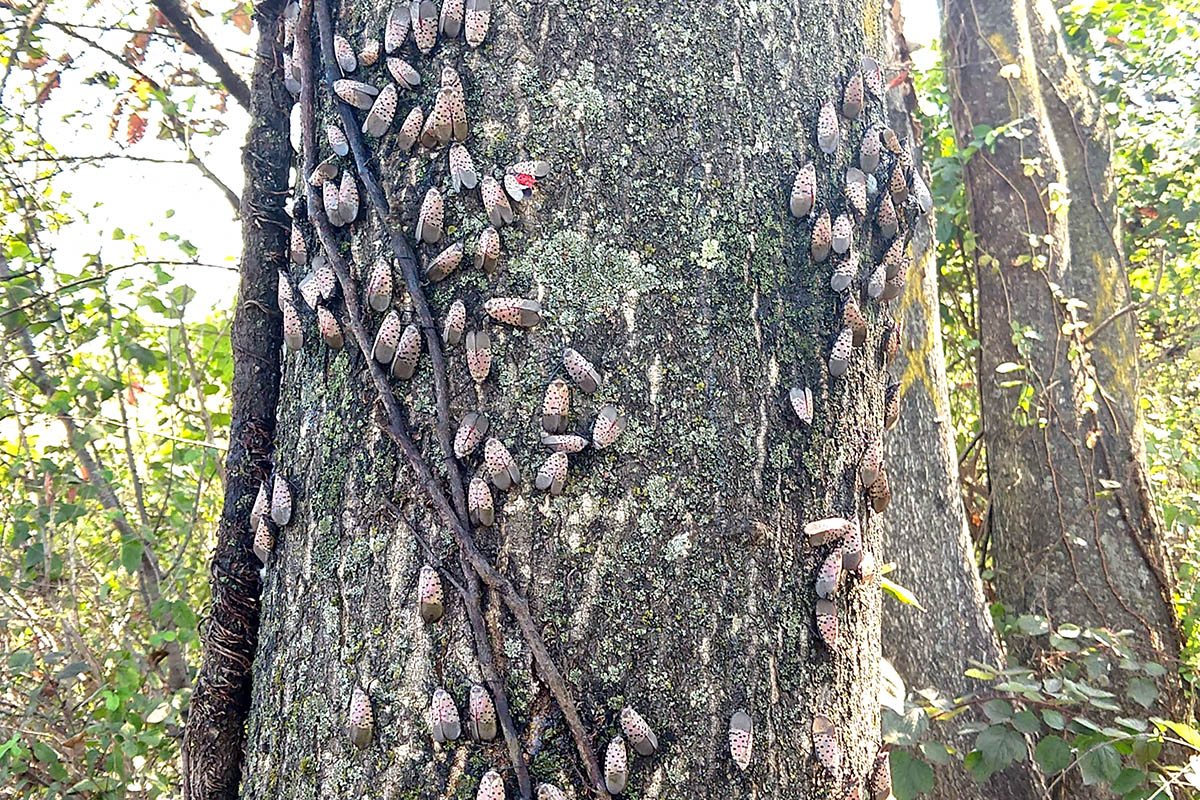“There is a big spider in our living room!” my wife screamed.
As a graduate student in entomology at the University of Georgia, I’m accustomed to dealing with insects. Having just moved to Georgia from India, she is not.
I told her to relax and tell me what it looked like.
She said it was brown and had eight unusually long legs. When she told me the legs were connected to a body composed of a single oval piece, I told her it was probably a daddy longlegs.
Fortunately for both of us, daddy longlegs are non-venomous and unable to bite humans. Their mouths are very small, just suitable for consuming their prey.
The myth about them being venomous is untrue. They do not have venom glands or fangs or any other means to chemically subdue their prey.
While these common arthropods are found all over Georgia, there is a lot that most people don’t know about them.
Daddy longlegs, also known as granddaddy longlegs or harvestmen, look like spiders at first glance, but they aren’t. Spiders have two body sections, and daddy longlegs have both these sections fused. They also have only one pair of eyes compared to the four pairs in most spiders.
They are not very choosy when it comes to food.
Their menu includes small creatures such as insect larvae, earthworms and spiders as well as decaying leaf litter. They are often very shy and mimic their surroundings as they patiently sit and wait for prey. This may also enable them to evade predators such as birds.
Legs are the daddy longlegs’ most important body part. All of their sensory organs for smell, taste and touch, everything they need to perceive the outside world, are located on their legs. Yet these legs are so delicate they break off quite easily when handled.
Daddy longlegs can be found on logs, leaf litter or undisturbed patios mostly in shady, cool, moist places. Unlike spiders they cannot produce silk so they do not build webs.
They are very territorial, and the males build nests and wait to attract females.
Once the female finds the nest, if she finds the diligent male interesting, she will mate and lay eggs in the nest. The male then guards the nest from other hungry females. They may sneak in pretending to be interested in mating but instead want to steal the eggs.
Daddy longlegs are harmless native beasts that roam at night, uniquely participating in the web of life. Perhaps we could learn to co-exist peacefully with daddy longlegs.
Uh-oh. I hear my wife screaming again. I think I should go rescue that poor arthropod.








